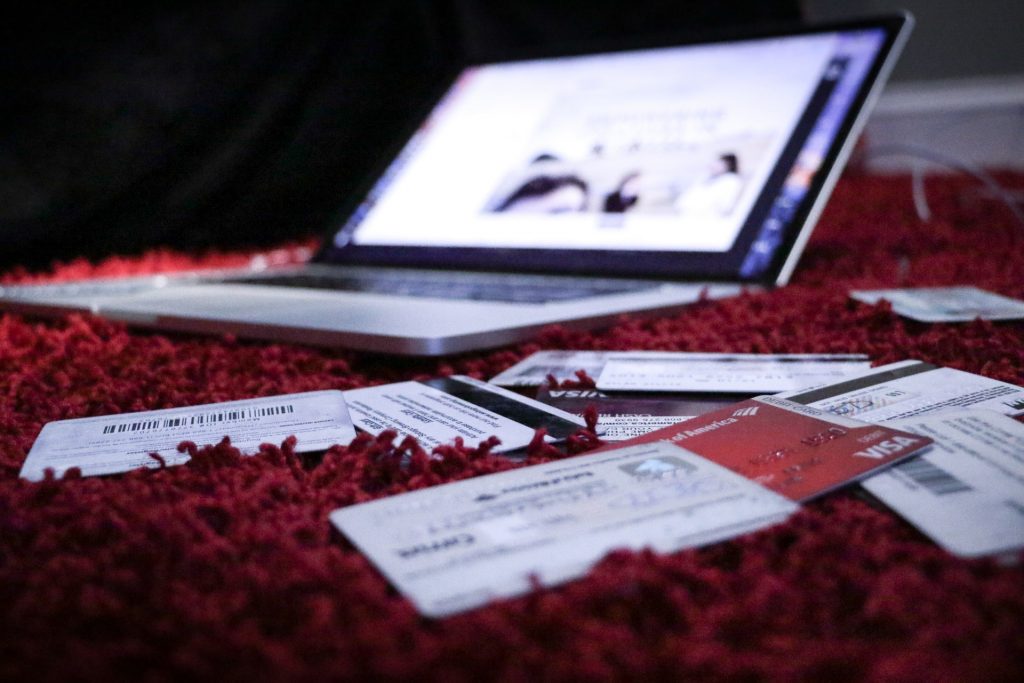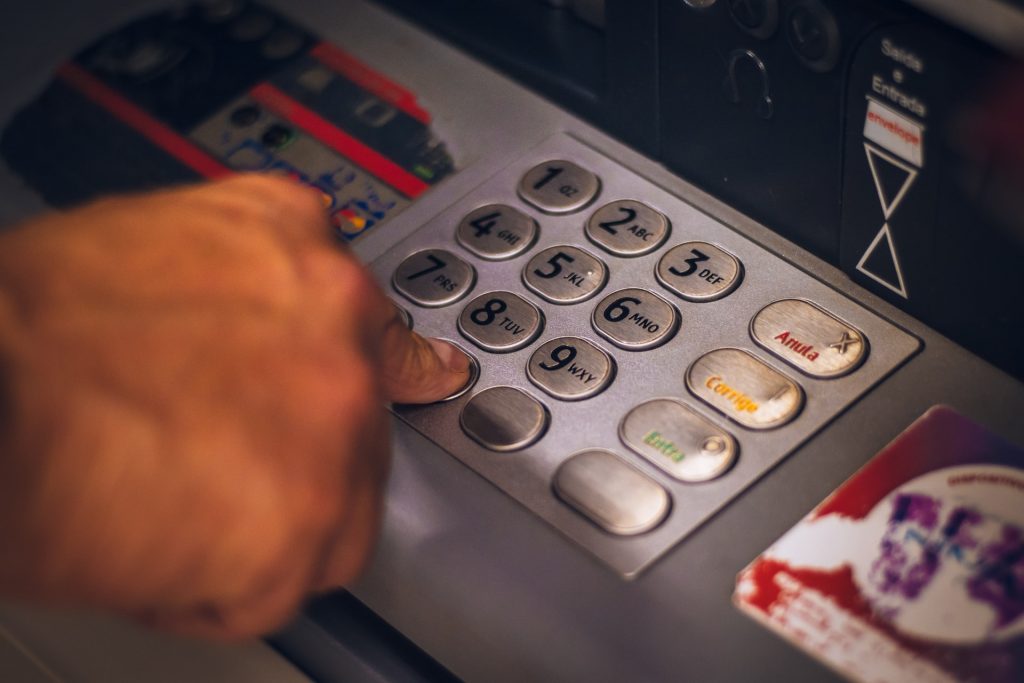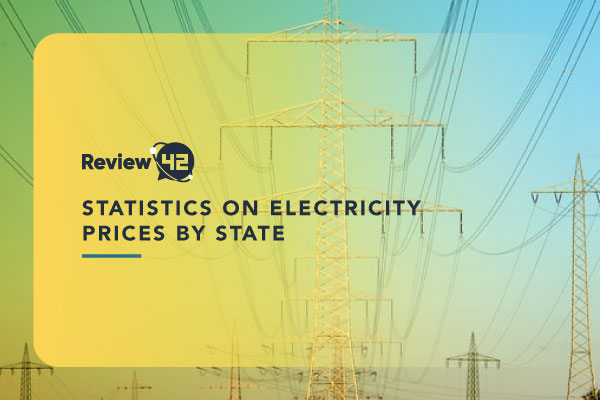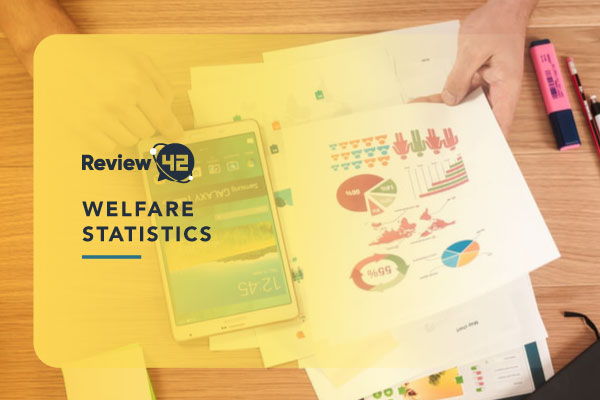How Many People Have Bad Credit? [2024 Statistics & Trends]
 Fact-checked
Fact-checked
Last Updated: February 13, 2024
The way the modern banking system works, nearly every American, at some point in their life, will need access to credit. Despite interest fees, borrowing money has already become a necessity for achieving what is deemed a comfortable life by today’s standards.
Nearly everything you need to thrive is linked to taking loans from institutional creditors:
- paying for college
- getting a house
- buying a car
- as well as other common daily needs
But when it comes to the question of how many people have bad credit, the answer is – more than you’d expect.
While taking on loans definitely has many advantages, failure to pay obligations can have serious consequences. This article will give useful insights into personal debt and bad credit statistics. By the end, you should be able to have an overview on important issues such as how many people have bad credit, what are good or bad credit scores, how to improve bad credit, and how to get out of debt with no money and bad credit.
Credit Score Statistics – Editor’s Choice
- 659,881 individuals have filed for bankruptcy in July 2020. (US Courts)
- 22% of American consumers do not have a FICO credit score. (Fool)
- ¼ of low-income individuals do not know how to improve their credit scores. (ConsumerFed)
- 37% of subprime scores are represented by millennials. (Experian)
- Only 20% of American consumers have scores of 800 and above. (Fool)
What Is a Bad Credit Score? What Is a Good One?
Before we proceed with the topic of bad credit statistics, it’s important to first gain a basic understanding of credit scores. A credit score, also used interchangeably with credit rating, is a numerical figure based on the FICO system representing an individual’s creditworthiness. It’s based on a standard rating system that is used by financial institutions to determine how eligible a person is for a loan and the applicable interests to be imposed.
Common credit score factors that affect credit rating include payment history, utilization of credit, credit history length, new or existing credit, and credit mix. Financial institutions take all of these into account to come up with a value that will determine your credit score.
While different institutions categorize scores into different tiers, in general, a FICO score range above 630 is considered good. The higher the score, the higher the chances of being awarded more access to loans at the best rates. Meanwhile, scores 630 and below are considered bad. If borrowers categorized under bad credit are granted loans, they will be given high interest rates.
Bad Credit Statistics
11.1% of American consumers have FICO scores below 550.
(Bad Credit)
There are different average credit scores by state, but in general, FICO score statistics reveal that 11.1% of American consumers have poor scores. Those who fall under this category will be at a disadvantage when it comes to being approved for loans and will have to pay higher interests as compared to their better scoring counterparts.
34.8% of American consumers have subprime credit scores.
(Experian)
34.8% of American consumers have FICO scores ranging between 580 and 669. These subprime scores are categorized as fair. They may be subject to scrutiny when applying for credit, but do not result in the same disadvantages experienced by people with bad credit. However, even individuals who have a score of less than 580 can apply for personal loans for bad credit, though at a bit higher interest rate.
17% of American consumers have paid their credit cards, loans, and mortgages late in the past 2 years.
(Bad Credit)
Paying late is better than never, but it also means that these delinquencies will have to go on record. About 17% of American consumers settle payments 3 months late which puts a stain on their credit report and may affect their future applications.
22% of American consumers do not have a FICO credit score.
(Fool)
The minimum requirements for having a FICO score are: you must have at least one credit account that’s been open for at least 6 months, at least one account reported to the credit bureau, and you must not be reported as deceased. Anyone with no existing credit score should work on getting one. Otherwise, she/he will have a hard time accessing credit.
25% of low-income individuals do not know how to improve their credit scores.
(ConsumerFed)
Knowing how to improve a very poor credit score is important as good scores come with the benefits of low interest rates and more access to loans. 25% of low-income individuals who could benefit from responsible borrowing are unaware of how to increase their creditworthiness which may be attributed to a lack of education in basic finance.
About 20% of American consumers have been delinquent for more than 30 days.
(Bad Credit)
Around 20% of American consumers pay their obligations over a month late. Late payment habits may lead to bad credit as your payment performance is considered poorer when you don’t pay within deadlines.
37% of subprime scores are represented by millennials.
(Experian)
American consumers born between 1981 to 1996 make up 37% of subprime scores which is the majority of the group. This is followed by Gen X who comprise 33%, and boomers who comprise 21%.
The average credit score for American consumers is 711.
(Credit Cards)
The average credit score has risen within the span of one year according to credit repair statistics. The average credit score of American consumers recorded in July 2019 was 704 which rose to 711 by July 2020.
Other Credit Statistics
Men carry more debt than women.
(Experian)
Men have shown to have an average score of 705, while women have average credit scores of 704. While there is hardly any difference in the number, men do tend to borrow more. In a 2019 survey, credit stats reveal men to have $125 more credit card debt than women.
Only 15% of Caucasians did not have access to a credit card.
(Credit Cards)
Consumer credit statistics in 2018 revealed that Caucasians are more likely to have a credit card as compared to other ethnicities. Only 15% of white Americans did not have access to a credit card as compared to 28% of Latinos and 32% of African Americans.
659,881 individuals have filed for bankruptcy.
(US Courts)
From 2016 to 2020, there have been a total of 682,363 filed bankruptcies from the business and private sectors combined. Of these credit report statistics, 22,482 are business-related bankruptcies, while the remaining 659,881 account for individuals who couldn’t avoid filing for personal bankruptcy.
Only 20% of American consumers have scores of 800 and above.
(Fool)
While a fair majority of American consumers maintain good credit scores, only 20% are in the top tier of credit statistics. These borrowers’ scores are considered exceptional and those in this category enjoy low interest rates, easy approvals, and more access to loans.
Average credit scores are higher with the older age groups.
(The Balance)
Consumer credit statistics show that there is a correlation between consumer credit scores and age. Those with ages ranging from 20-29 show an average credit score of 662 while those in the 30-39 bracket have an average credit score of 673. The trend continues to rise with those older than 60 having an average credit score of 749.
How to Improve a Very Poor Credit Score
If you fall into the category of those with subprime credit scores, you’re definitely at a disadvantage when it comes to accessing credit lines. For one, you’ll have a hard time getting approved when banks and other lending institutions see your credit score. Your poor credit score will also get you higher interest rates with, for example, personal loans with fast approval, and it can be a hefty obligation.
The good thing though, is that having a bad credit history doesn’t have to be for life. There are actually ways to vindicate yourself and improve your credit score so you can enjoy access to loans at better rates. If most lenders won’t give you access to credit due to your poor standing, try going for banks that do not use ChexSystems.
Here are a few simple tips on how you can improve your credit rating.
Do not miss payments
This tip comes as no surprise since diligence in payments is one of the things that can make or break your credit score and can lead you to having bad credit. Paying after a due date not only penalizes you with late charges and interests, habitual delinquency will also be reflected as a deduction of your credit rating.
Conversely, good payment performance can increase your credit score. If you can consistently pay on time or even ahead of schedule, this will certainly show on your credit report. So, if you have terms that don’t suit you, take a credit card consolidation loan, and lower the amount of your monthly payments to prove your creditworthiness.
Pay off the principal as quickly as you can
If the terms of your loan allow it, it’s best to pay off the principal as early as you can to improve your bad credit score. For instance, paying only for the interests or the minimum in credit card bills will eventually prolong your paying period. The longer your paying period is, the more high-interest rates you’ll end up paying in the long run.
If you’re really in heavy debt, you should prioritize paying the principal even if it means disposing of some assets which you can buy back later on. What’s important is to show lenders that you have the capacity to pay beyond the minimum requirements.
Only apply for new credit accounts when really necessary
Some individuals apply for new accounts just for the purpose of improving their credit mix, however, this may not increase your credit score at all. The credit bureau keeps track of all inquiries and having too many can actually harm your FICO score. There are more ways to fix your credit score, or you can get help from one of the reputable credit repair companies such as Credit Saint.
In Conclusion
Taking credit has already become a necessary part of modern life as it gives access to comforts and opportunities which may be unattainable by using only disposable income alone. That’s why it’s very important to keep a clean credit record.
While poor credit history can definitely ruin your credit reputation, it doesn’t have to be permanent. Thankfully, there are things you can do to improve your credit scores. Fixing your credit score can start from something as simple as paying on time. Considering how many people have bad credit already, it’s best not to become part of these statistics.
4 Comments
Leave a Reply
You must be logged in to post a comment.



![How Many Marriages End in Divorce [Fascinating Facts and Stats]](https://review42.com/wp-content/uploads/2022/07/How-many-marriages-end-in-divorce.png)
![How Much Do Flight Attendants Make? [Latest Data for 2024]](https://review42.com/wp-content/uploads/2022/06/feature-image-56-how-much-do-flight-attendants-make.jpg)
![What Is a Bridge Loan? [Ultimate Guide for 2024]](https://review42.com/wp-content/uploads/2022/06/feature-image-55-what-is-a-bridge-loan.jpg)
![How Many Websites Are There? [2024’s Data]](https://review42.com/wp-content/uploads/2022/05/feature-image-55-how-many-websites-are-there.jpg)
![Do You Have to Pay Taxes on Inheritance? [Full Guide]](https://review42.com/wp-content/uploads/2022/04/feature-image-53-do-you-have-to-pay-inheritance-taxes.jpg)

![Average Gas Prices by State in the US [2024 Data]](https://review42.com/wp-content/uploads/2022/03/feature-image-51-average-gas-price-by-state.jpg)

![How Long Does It Take To Buy a Car? [All Steps Explained]](https://review42.com/wp-content/uploads/2022/03/feature-image-50-how-long-does-it-take-to-buy-a-car.jpg)

bursa escort
March 1, 2021 at 10:05 pm
I have learn several excellent stuff here. Certainly worth bookmarking for revisiting. I wonder how so much attempt you set to make this type of excellent informative website.| Kara-Lynn Pasquale Celia
erotik
March 2, 2021 at 4:06 am
Thank you for the Zeppelin quote, I just sang along. My brother was a huge Zeppelin fan and forced me to listen to it when I wanted to listen to George Michael but now I am glad for my Zeppelin love and knowledge. That same brother also told me he was no longer going to buy my friends and I Bartle and James as wine coolers were not economical. Beer was an acquired taste and we were going to learn to acquire it god dammit! Debera Stanton Iden
viagra afecta al corazon
March 5, 2021 at 4:55 am
I always was interested in this topic and stock still am, regards for putting up. Karly Dylan Olson
Bir Günde Aşık Etme Duası
January 18, 2022 at 3:56 am
Hello guys. Thank you very nice artichle. Good site admin:)